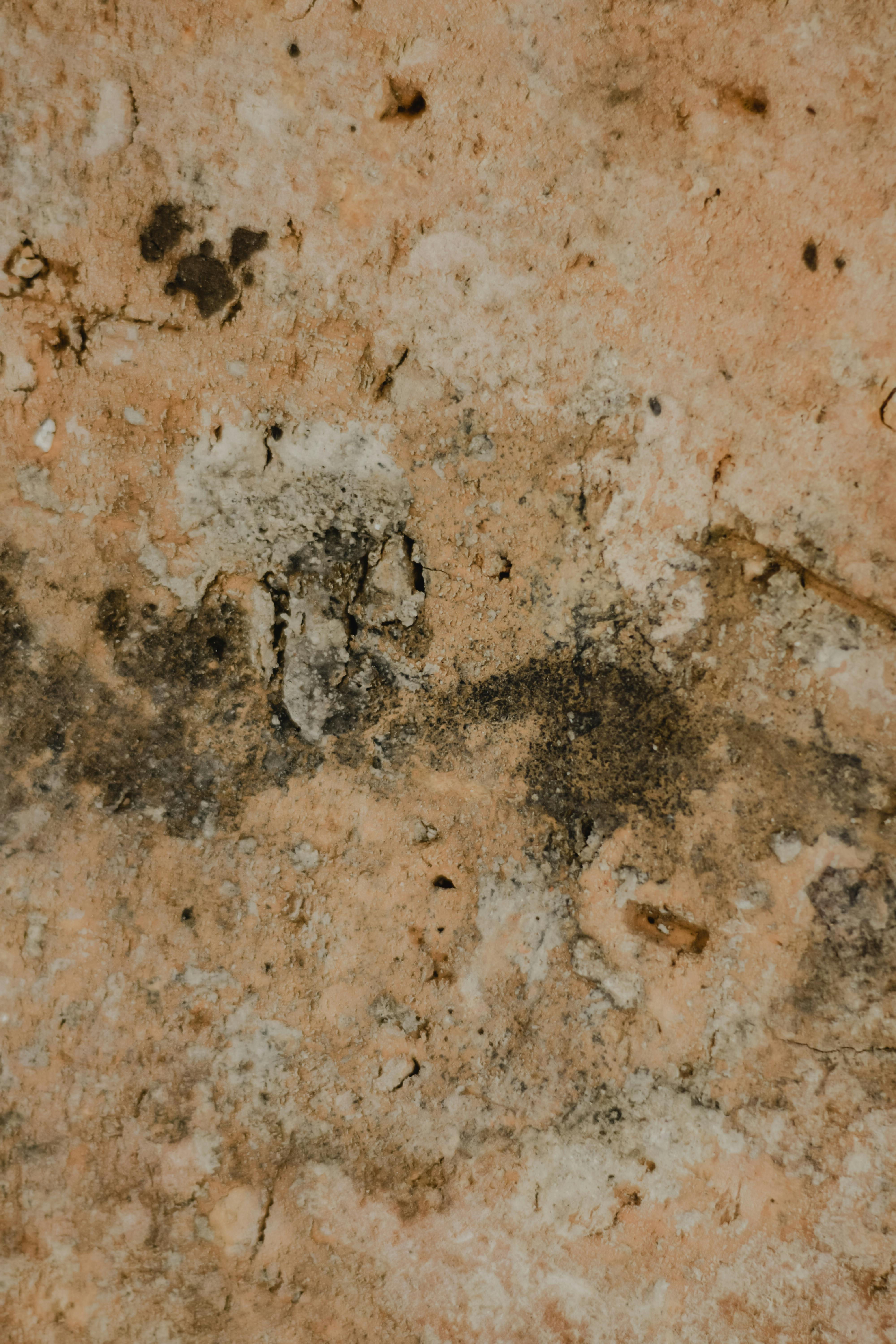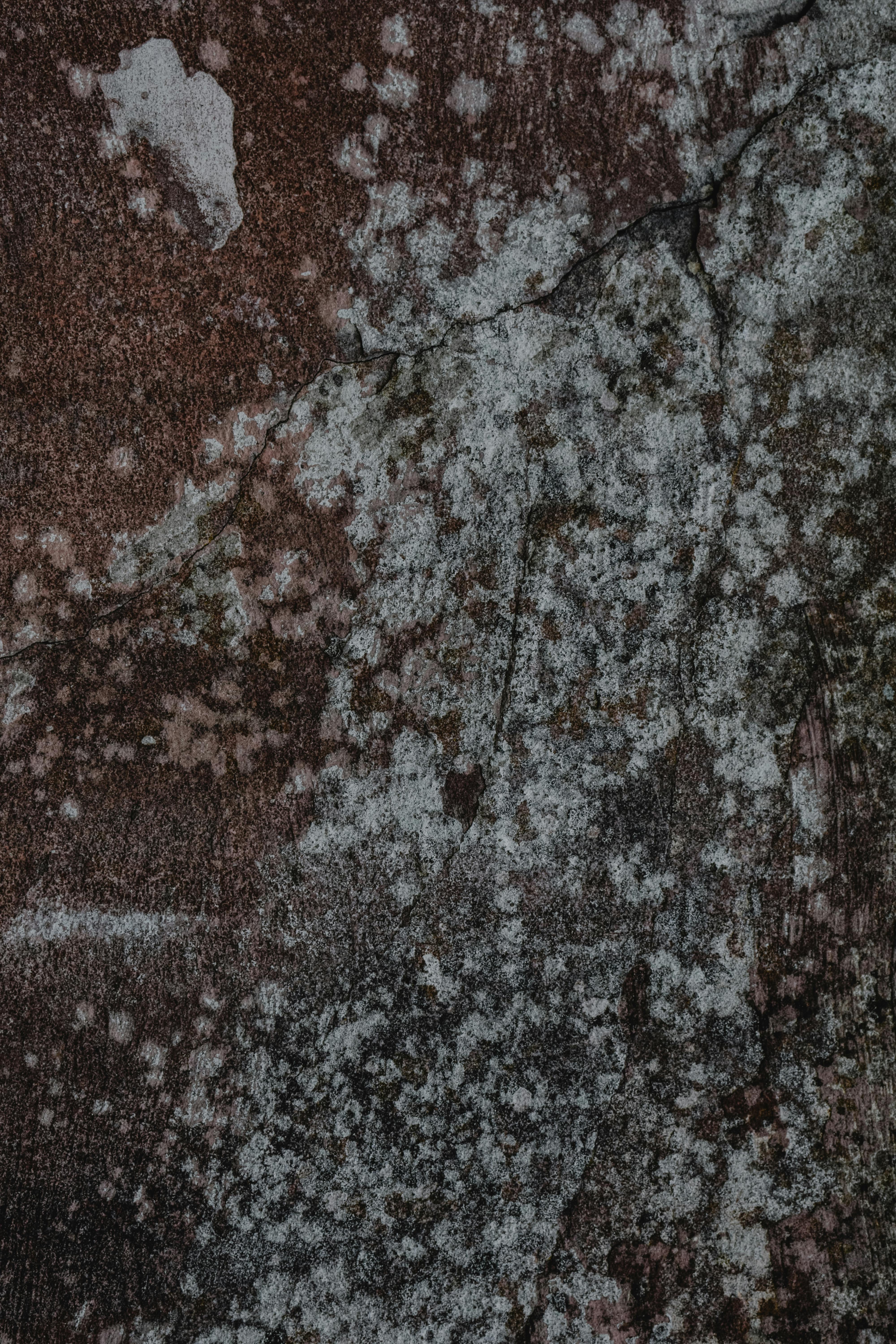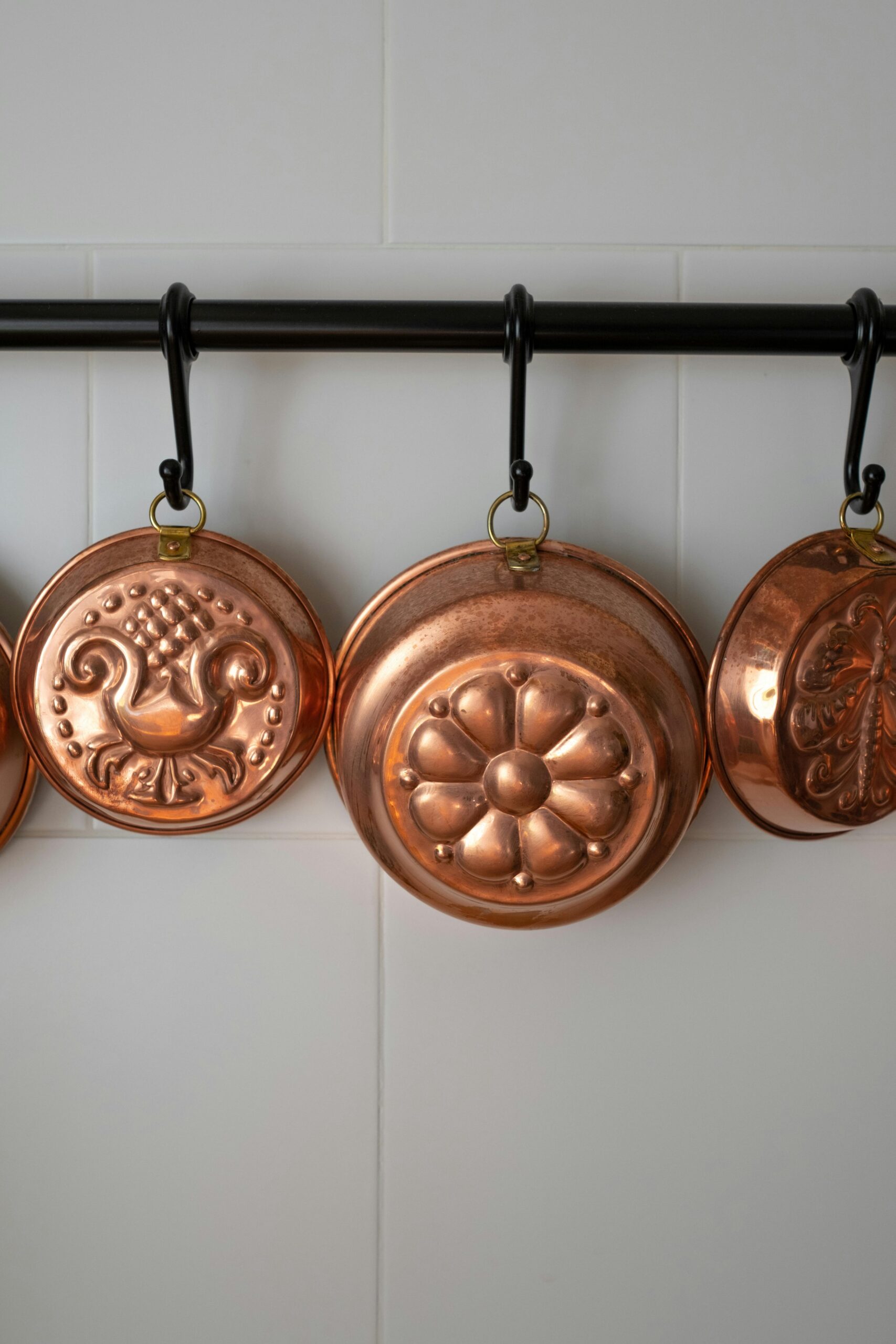Schimmel Wand: Understanding and Addressing Mold Issues
What is Schimmel Wand?
Schimmel Wand, commonly referred to as wall mold, is a widespread problem in many households, particularly in areas with high humidity. This issue not only affects the aesthetics of your home but can also pose serious health risks. **Mold** grows in moist environments, typically on drywall, above-ground materials, and even behind furniture. In addition to its unsightly appearance, it can trigger allergies, respiratory issues, and other health complications if left unaddressed. Properly understanding Schimmel Wand and its causes is essential for effectively combatting this pervasive issue.
Common Causes of Schimmel Wand
Several factors can contribute to the development of Schimmel Wand. One of the primary causes is **excess humidity** in the environment. Bathrooms, kitchens, and basements are particularly vulnerable due to their high moisture levels. Poor ventilation can exacerbate this, allowing moisture to accumulate without proper airflow. Other causes include water leaks from pipes or roofs, condensation on cold surfaces, and lack of insulation in walls. Together, these conditions create an ideal breeding ground for mold spores, which can multiply rapidly and lead to extensive damage if not addressed.

Identifying Schimmel Wand Early
Detecting Schimmel Wand early can save homeowners significant trouble. Signs to look for include dark spots on walls, a musty odor, and peeling or bubbling paint. If you notice these symptoms, it’s crucial to take immediate action. The quicker you address mold presence, the less likely it is to spread. Be vigilant in inspecting hidden areas such as behind cabinets or under carpets, where moisture can linger without visible signs. Early identification not only aids in quicker remediation but also minimizes potential health risks.
How to Remove Schimmel Wand Effectively
Once you’ve identified Schimmel Wand, it’s vital to address it properly. Removal of mold can be straightforward with the right approach. First and foremost, ensure you’re wearing appropriate protective gear such as gloves and a mask to prevent inhalation of spores. Standard cleaning solutions like diluted vinegar or hydrogen peroxide can be effective in eliminating mold from surfaces. **Scrubbing the affected area** with a sponge or cloth helps dislodge the mold, while a thorough rinse ensures no cleaning solutions remain trapped in the wall.
Steps for Effective Removal
To combat Schimmel Wand successfully, follow these steps for mold removal:
- Assess the extent of the mold growth. If it covers a large area, you may need professional assistance.
- Identify and fix any sources of moisture or leaks that are contributing to the problem.
- Use a mixture of water and mild detergent, or a specialized mold removal product, to scrub the affected area. **Ensure** the area is soaked thoroughly for effective penetration.
- Dry the surface completely after scrubbing to prevent mold from returning.
- Once clean, consider applying a mold-resistant paint as a preventative measure.

When to Seek Professional Help
While many homeowners may successfully tackle small patches of Schimmel Wand, larger infestations may require professional intervention. If mold covers an area greater than 10 square feet, or if you experience persistent respiratory issues or health problems, it’s advisable to seek expert help. Professionals have access to advanced tools and techniques that ensure complete removal and prevent future outbreaks. Ignoring large mold issues can lead to **structural damage** and significant health risks, making it imperative to act promptly.
Preventing Schimmel Wand from Returning
The key to managing Schimmel Wand is prevention. Achieving a balanced humidity level in your home is crucial for preventing **mold growth**. Use dehumidifiers in areas susceptible to moisture, regularly check for leaks, and ensure proper ventilation, especially in damp areas like bathrooms and kitchens. Additionally, regularly inspecting plumbing, attics, and basements can catch potential issues before they escalate into significant mold growth.
Regular Home Maintenance Practices
Fostering good habits in home maintenance can significantly lessen the chance of Schimmel Wand development. Consider integrating the following practices into your routine:
- Ensure all bathrooms are equipped with exhaust fans and that they are used during showers.
- Inspect your roof and siding annually for leaks or damage.
- Clean gutters regularly to manage water runoff.
- Keep furniture and stored items away from walls to promote better airflow.
Utilizing Mold-Resistant Products
When renovating or maintaining your home, consider using **mold-resistant products**. Materials like mold-resistant drywall, paints, and sealants can provide additional layers of protection against moisture and mold growth. Implementing these products during construction or renovation can significantly reduce the chances of Schimmel Wand developing, ensuring a healthier living environment.
Key Takeaways
Understanding and addressing Schimmel Wand is vital for maintaining a healthy home environment. Key points to remember include:
- Identify mold early for effective removal.
- Address moisture sources immediately to prevent growth.
- Seek professional help for extensive mold issues.
- Implement preventive measures to maintain a mold-free home.
FAQ
1. Can Schimmel Wand affect my health?
Yes, exposure to Schimmel Wand can lead to various health issues, particularly for individuals with allergies or respiratory conditions. Symptoms may include nasal congestion, coughing, and skin irritation. If you are experiencing health issues potentially linked to mold, consult with a healthcare professional.
2. What are effective home remedies for Schimmel Wand?
Common home remedies include diluted vinegar, baking soda, and hydrogen peroxide, which can effectively kill mold spores. Always ensure you scrub the area thoroughly and dry it to prevent regrowth.
3. How long does it take to remove Schimmel Wand?
The duration of mold removal depends on the extent of the infestation. Small patches can typically be removed in a few hours, whereas larger infestations may take days, particularly if professional remediation is necessary.
4. How can I prevent Schimmel Wand in my home?
To prevent mold growth, maintain low humidity levels, ensure proper ventilation, fix leaks promptly, and inspect areas prone to moisture regularly. Utilizing mold-resistant materials can also aid in prevention.
5. Do I need to replace items that have mold on them?
Items that are heavily infested with mold, such as carpets or upholstered furniture, may need to be disposed of. However, hard surfaces can often be cleaned effectively. Evaluate each situation to determine the best course of action.
